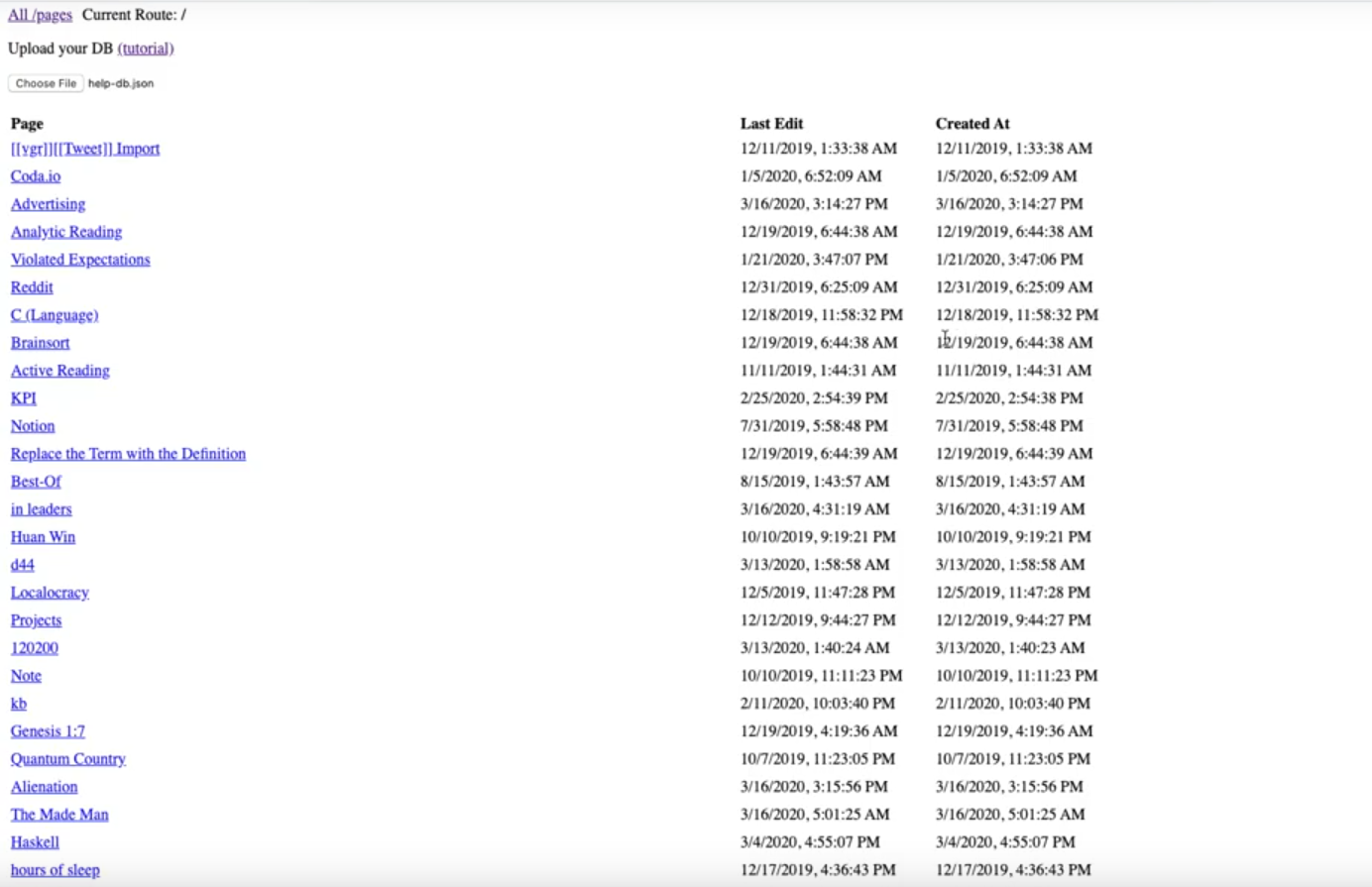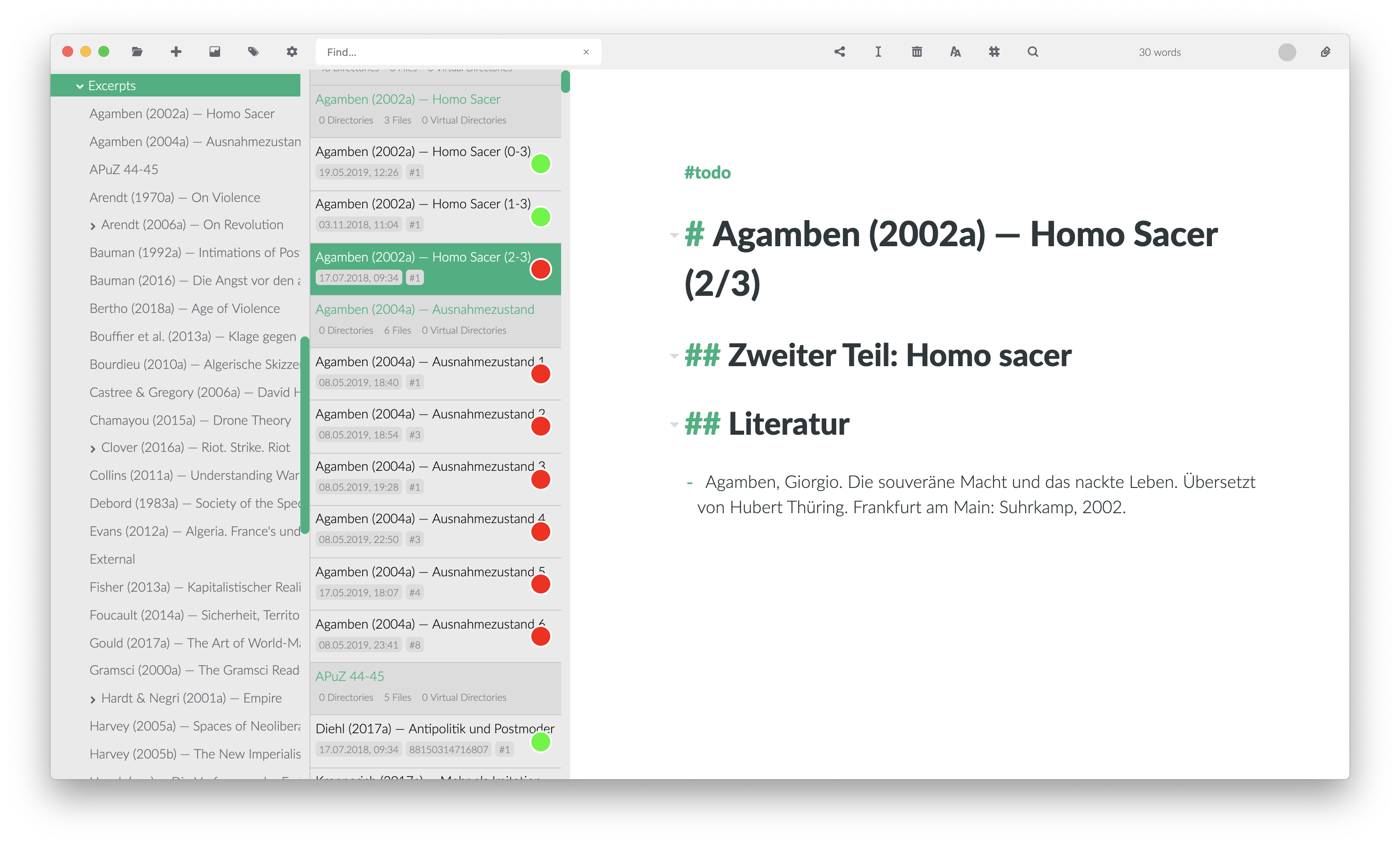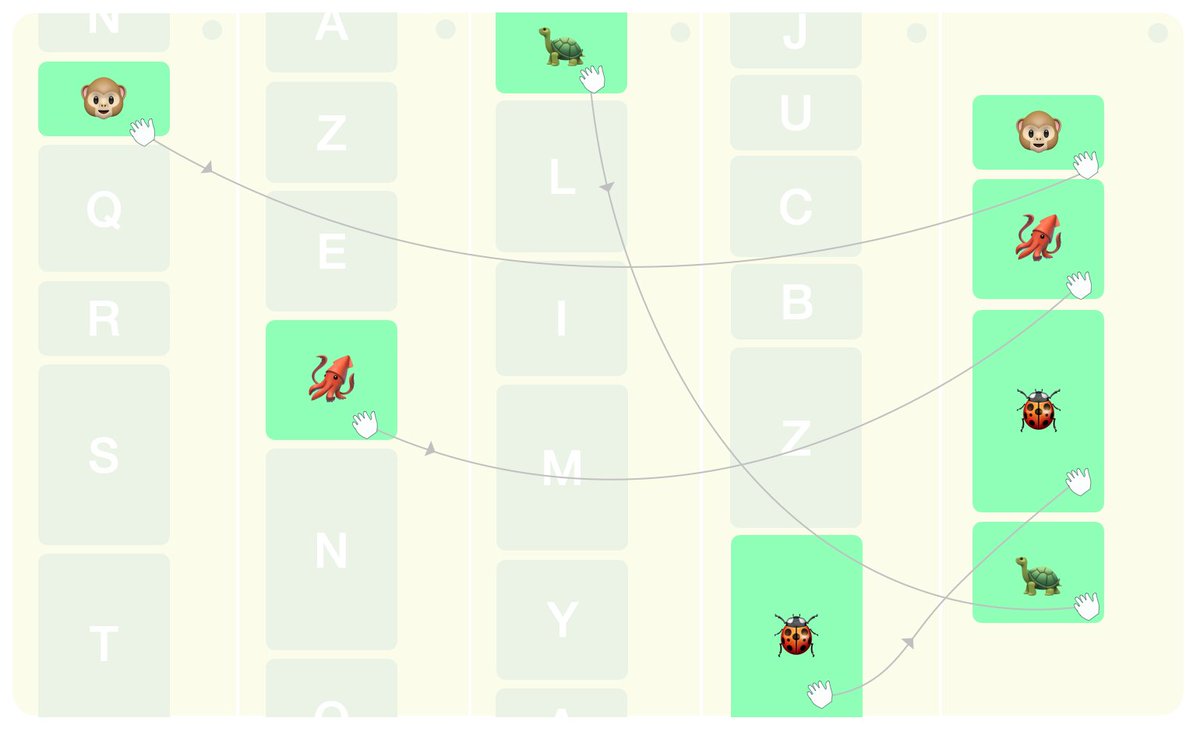This is a collection of networked notebooks that is slowly taking shape on the Internet. Please feel free to send a PR or leave a comment if you know of any we have missed.
LambdaTank is a networked notebook with a Turing Complete language as it’s base.

Connected graphs, backlinks, title autocompletion, networked search, etc and is in heavy development.
DokuWiki based implementation of Roam Research. Roam Research has rapidly gained popularity by opening up to new workflows. Has some but not all of Roam’s features, but is in active development.
Basically a markdown editor like Typora, but has a [zettlekesten mode](https://docs.zettlr.com/en/guides/guide-zettelkasten/) for handling the connection.
 An open source implementation of Roam
An open source implementation of Roam
An online application with support for branching and threading like Twitter. Optimized for curation and conversation. Under development.
Leo is a Personal Information Manager / IDE and outliner that accelerates the work flow of programmers, authors and web designers. Outline nodes may appear in more than one place, allowing multiple organizations of data within a single outline.

 A comprehensive tool for knowledge management. Includes Spaced Repetition, Graphs, Backlinks etc.
A comprehensive tool for knowledge management. Includes Spaced Repetition, Graphs, Backlinks etc.
Basic wiki with backlinks.
Logseq is a privacy-first, open-source platform for knowledge sharing and management.
Based on the good old notational velocity. Supports Markdown, backlinks etc. Still in Beta Also has a previous version called nvAlt
Basic wiki with backlinks. Supports pretty much all types of linkages
A zettelkestan built in Haskell
A philosophy more than a notebook app
Precursor to Wikipedia / C2
Not a product per-se, but from the discussion, the prototype seems interesting. It is an attempt to create a densely connected Digital Garden. (The term digital garden has become a popular term for describing websites that incorporate multiple facets of a person’s digital space like notes, blog etc into a single thing and allows visitors to stroll through them seamlessly like a garden with densely connected graph like structure. [This article](https://nesslabs.com/mind-garden) from Anne-Laure Le Cunff has an excellent explanation of it).
Some examples of digital garden: http://gordonbrander.com/pattern/ https://notes.andymatuschak.com https://notes.azlen.me/g3tibyfv/: https://github.com/azlen/azlen.me/tree/master/notes https://joelhooks.com/ https://tomcritchlow.com/













